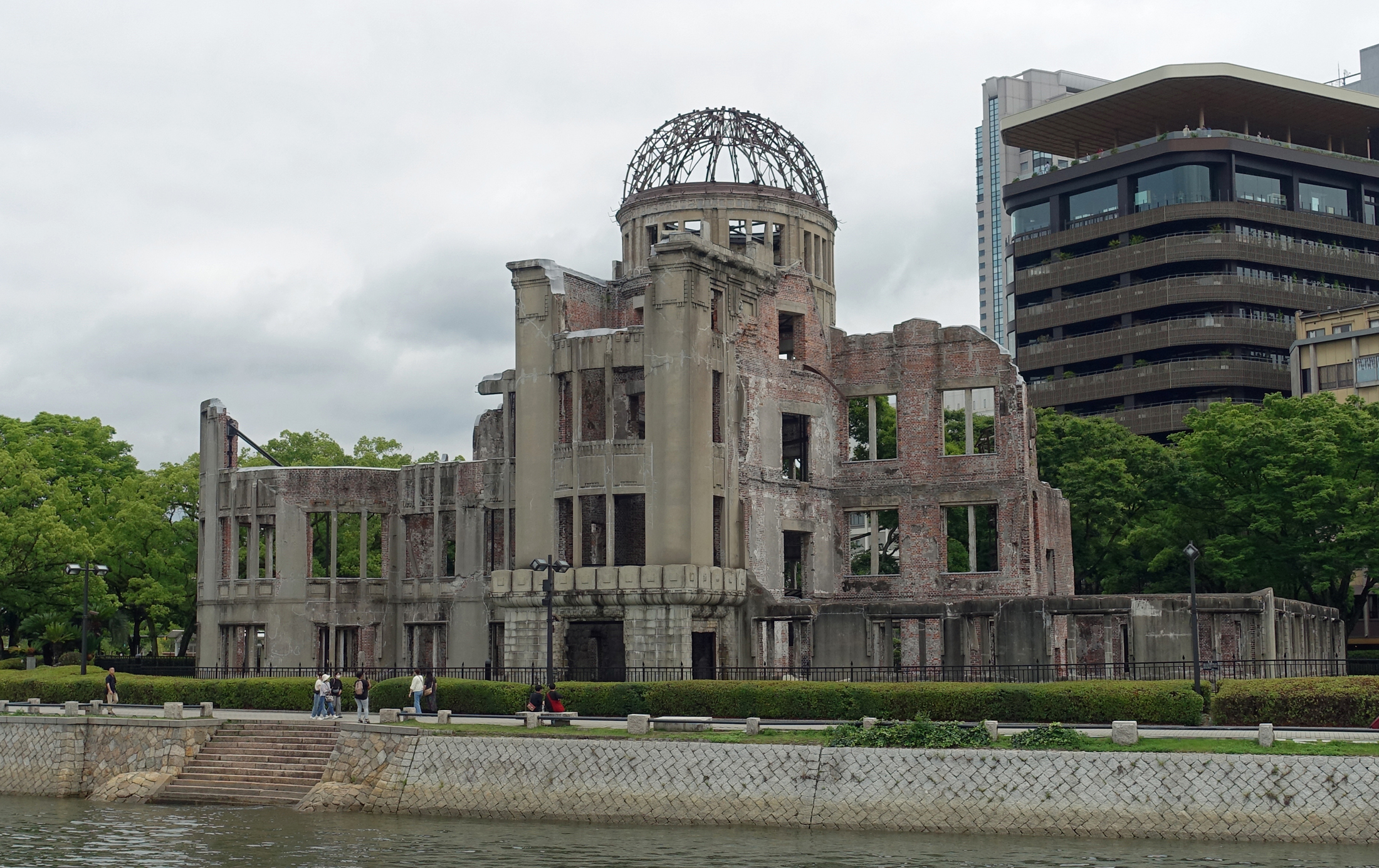
Hiroshima was the first military target of a nuclear weapon in history and was arguably the most devastating historic event in modern history. Why did the USA drop an atomic bomb here and one in Nagasaki? The key reason was to bring about a swift end to the war with Japan, which had been ongoing for years and had resulted in significant casualties on both sides. American policymakers saw the use of the atomic bombs as a way to avoid a costly invasion and potentially millions of casualties. The bombings of Hiroshima and Nagasaki were intended to shock the Japanese government and military into realizing the futility of further resistance and to compel them to surrender unconditionally. Another thought is that it was revenge for the bombings at Pearl Harbor. Whatever the reasoning behind the attack, it shocked the world and brought an end to WWII.
Perhaps the starkest reminder of the destruction of Hiroshima are the remains of the Hiroshima Prefectural Commerce Exhibition Hall. Completed in April 1915, the hall was an architectural masterpiece of brick and partially reinforced steel, adorned with a magnificent oval-shaped copper dome. The building quickly became a Hiroshima landmark. At 8:15am on August 6, 1945, a single atomic bomb instantly rendered the buildings in downtown Hiroshima to rubble and ash. The Hiroshima Prefectural Hall, a mere 160 meters away from the hypocenter, was impacted by both the initial blast and heat rays, which melted the copper dome and set the entire roof ablaze. The skeleton of bare steel framework has been preserved as an example of the sheer destructive power and horror of nuclear weapons. In 1996 the Atomic Bomb Dome became an official World Heritage site. (click on any picture to make larger)
The Hiroshima Peace Memorial Museum displays artifacts that remain from the atomic bombing to convey the harsh reality of the event and the dangers of nuclear weapons. There are displays of ragged clothes, a child’s melted lunchbox, a watch stopped at 8:15 and some grim photographs of the aftermath. The museum was probably the quietest museum we have visited, every person there silenced by the stories and images of destruction. The museum has been open since 1955 but completely updated in 2019 with the goal to promote peace in the hope that history will not be repeated. The museum is a must see in Hiroshima. Tickets cost 200 Yen (USD $1.28) each.
Hiroshima Castle was the residence of the feudal lord of the Hiroshima Domain. The castle was originally constructed in the 1590’s but was destroyed by the atomic bombing in 1945. The main keep was rebuilt in 1958, a replica of the original building and inside is an informative museum on Hiroshima and the castle’s history before WWII. Seniors’ tickets to the castle cost 180 Yen (USD $1.16) each while admission to the grounds is free. The top floor of the castle offers sweeping views of the city.
Our arrival in Hiroshima presented a few challenges. First, there are no ATMs at the airport that accept foreign cards, so we could not get cash. Second, the airport is a long way from the city and the bus ticket machine only takes cash. Fortunately, the Limousine Bus accepts foreign credit cards, so we were able to purchase our tickets on board and get into town. The bus ride takes 50 minutes and goes directly from the airport to the train station in the city center. Bus tickets cost 1,450 Yen (USD $9.23) each.
Our other challenge was finding a Japanese SIM card, not as readily available as our apartment manager suggested. We tried a few stores and finally ended up at a large electronics store, where nobody spoke English. It took close to an hour of using Google translate to finally get a SIM card and be told they provided no help whatsoever installing it. It was the most complicated SIM card we have bought in the past 6.5 years, but we finally got it activated. The cheapest SIM card we could find was an iiJmio 3GB card good for 30 days costing 2,480 Yen (USD $15.80)
Finding places to eat in Hiroshima was not easy with very little English signage and restaurants are usually very tiny doorways tucked away from the street or up a few flights of stairs. One evening we were on the hunt for a specific sushi restaurant and had one person helping us, to no avail, when a passerby offered his help. His English was good and even he could not find the restaurant we were looking for, so he offered to show us to his favorite sushi restaurant that was nearby. He opened a very non-descript little door, spoke to the people inside and we were ushered in to enjoy one of our best sushi meals ever. We never did find out the name of the place and will never find it again because there were no signs outside. The restaurant seated 10 people at the sushi bar, so I suspect they cater to locals and they are not looking to attract tourists.
Another restaurant worth mentioning is morethanHIROSHIMA in the Knot hotel. All the tables were fully booked so we sat at the counter facing the kitchen and had a fantastic meal. We did manage to find one more sushi restaurant all on our own (Sushi Kureshima) and were rewarded with another great meal, although I was scolded by the owner about eating my sushi with chopsticks, I was informed that sushi is finger food 😂

We only had 3.5 days in Hiroshima but we thought it was enough time to see the important historic sites and wander around the city a little. The city center is small, clean and very walkable.
Next up, a ride on the bullet train, an experience that has been on our wish list for a while now! Whooooosh…..
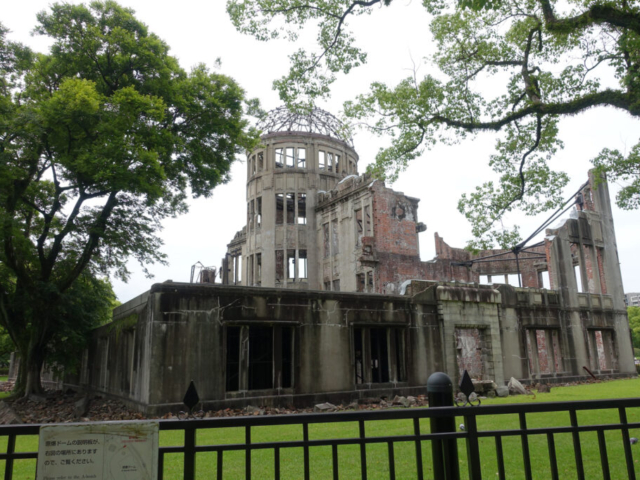


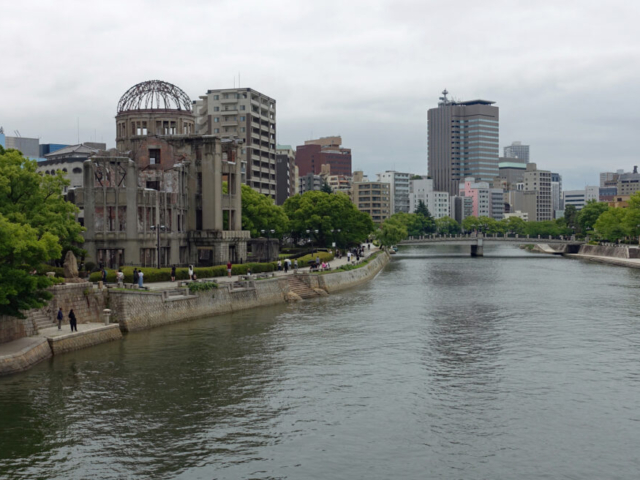
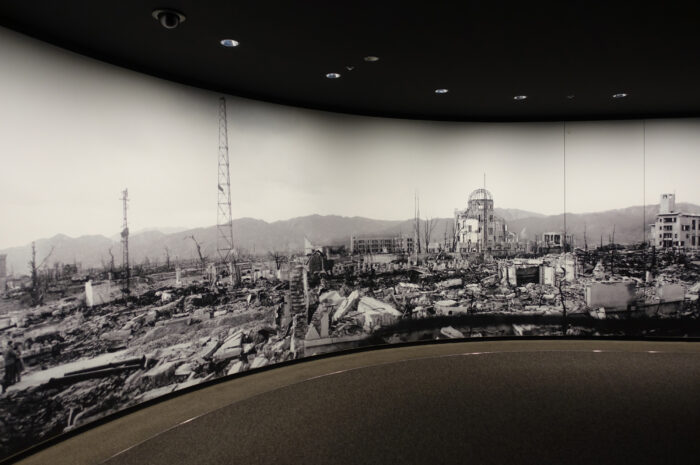
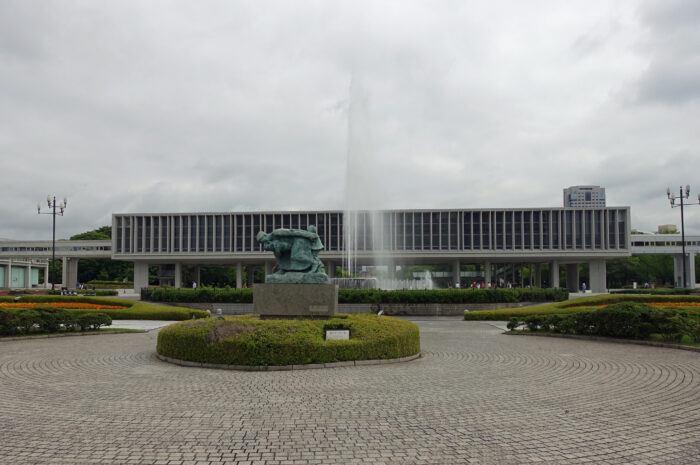
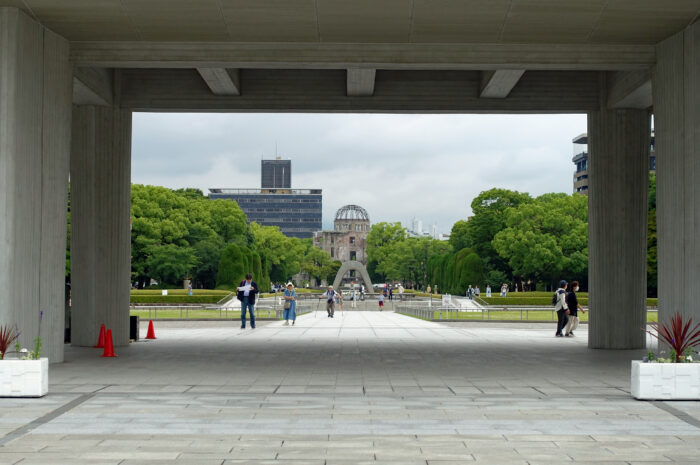

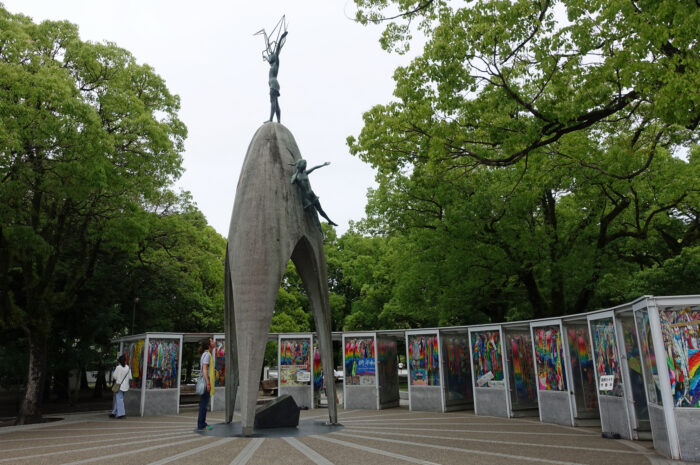
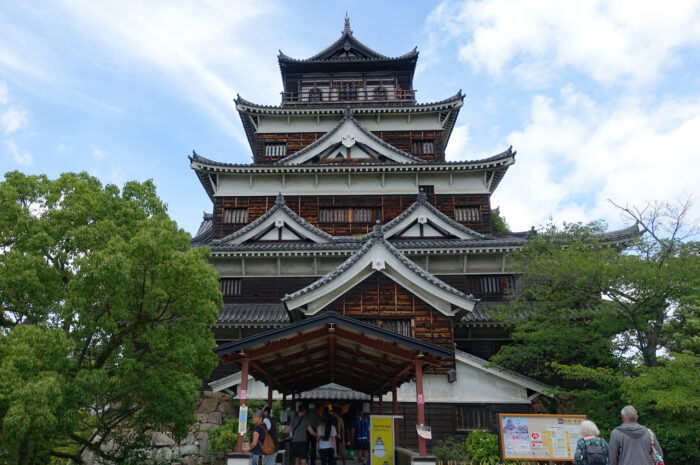
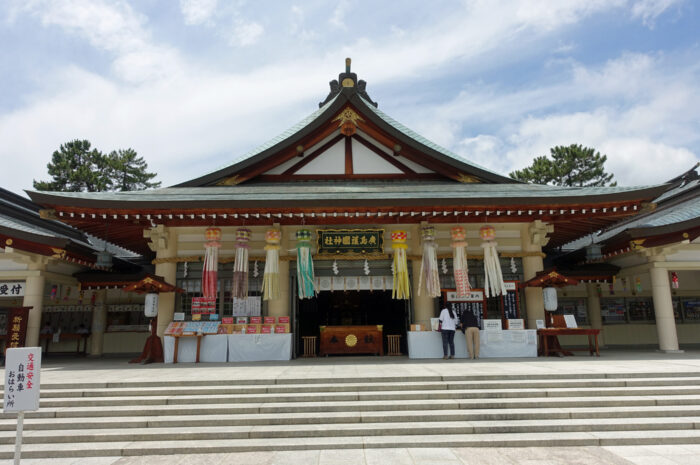
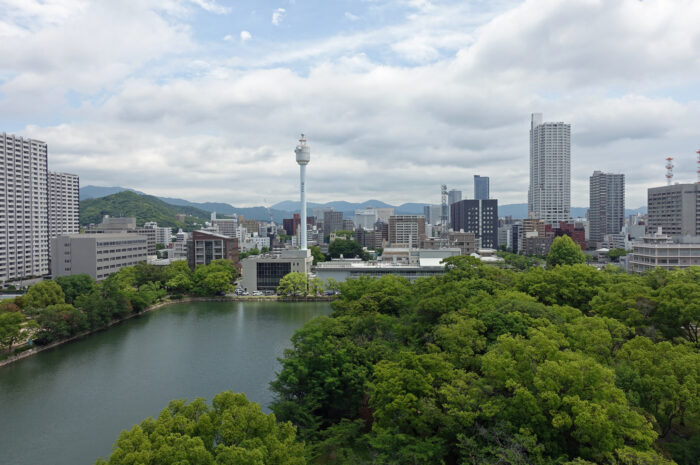
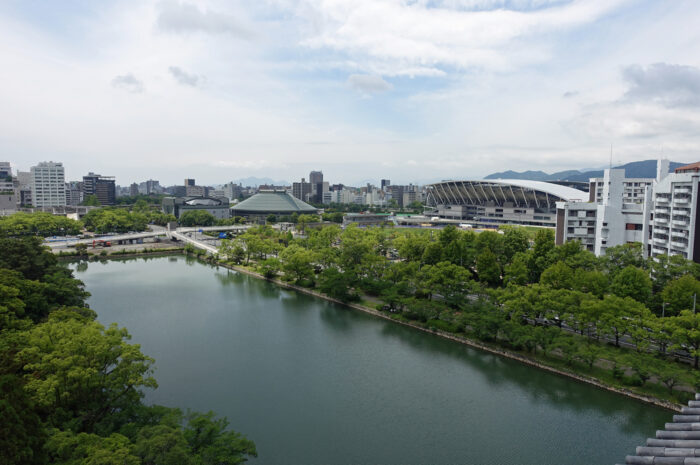
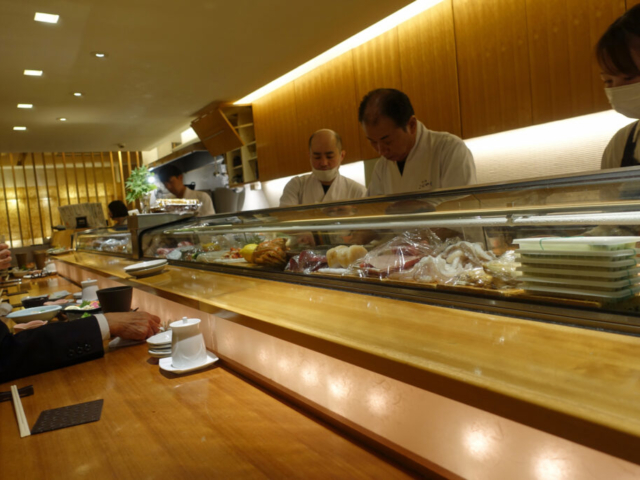
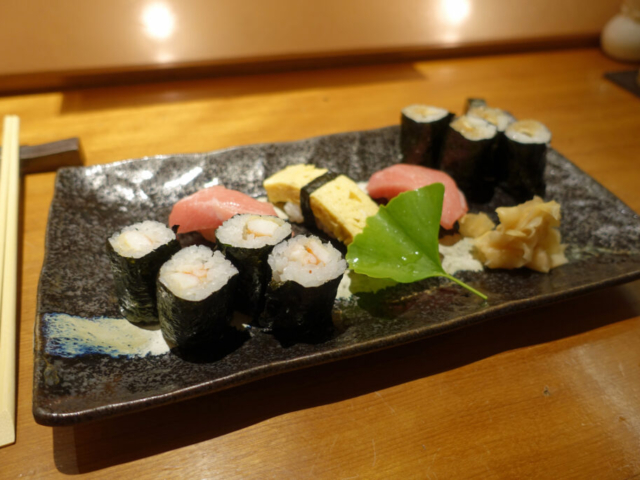
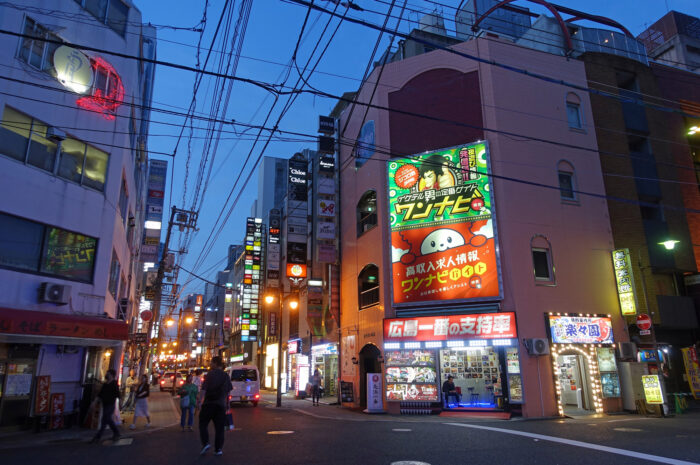
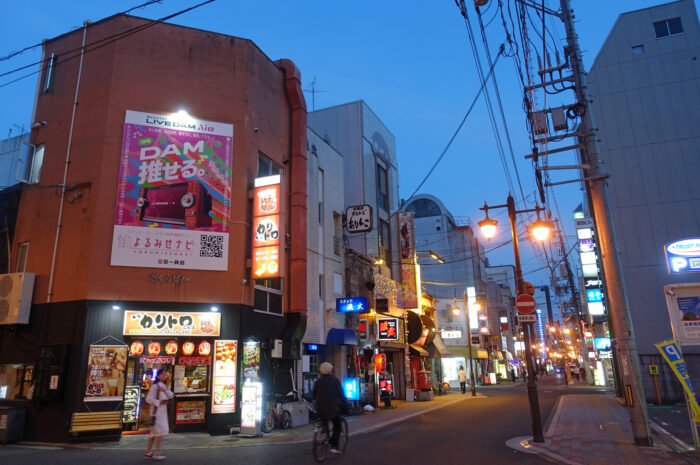


Very interesting! Japan is on my bucket list! Enjoy!